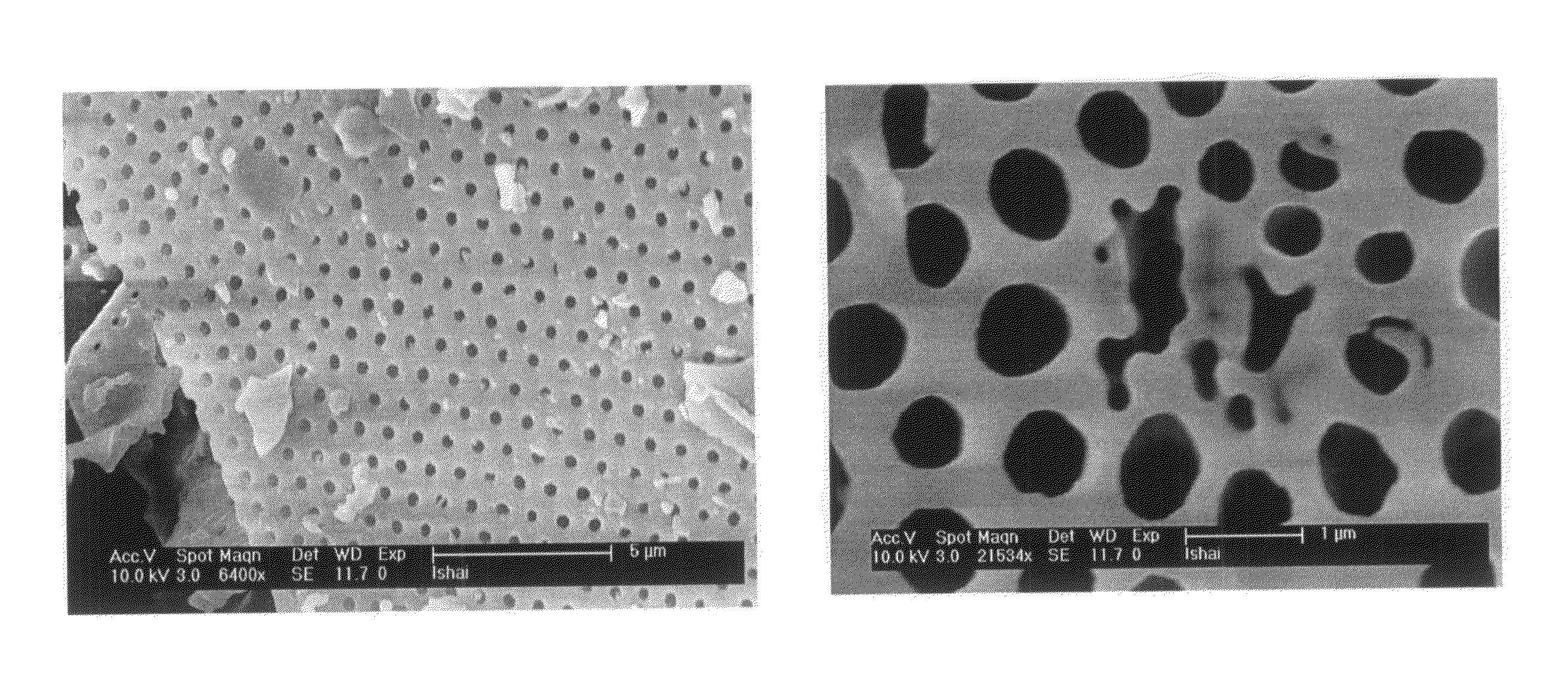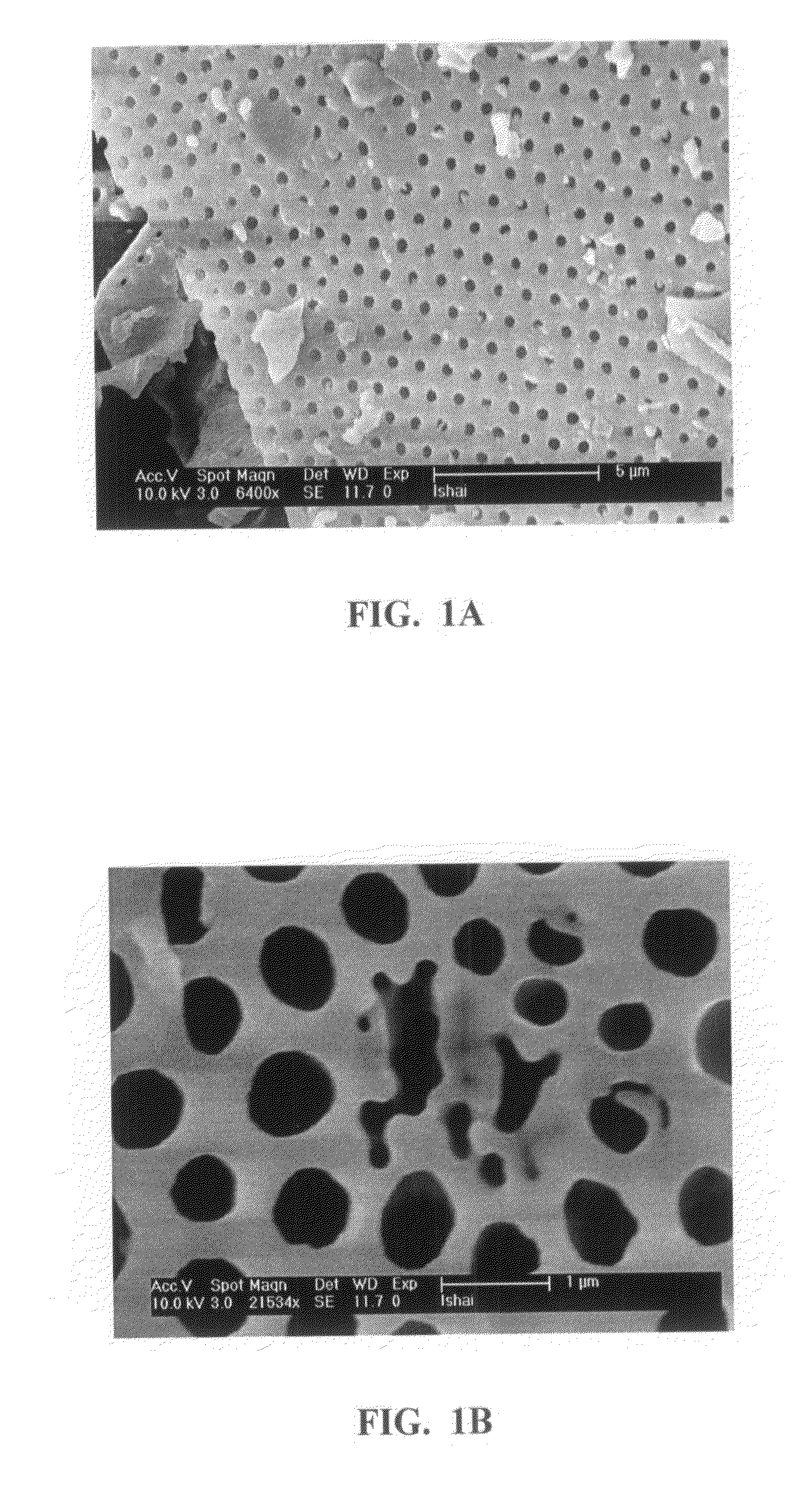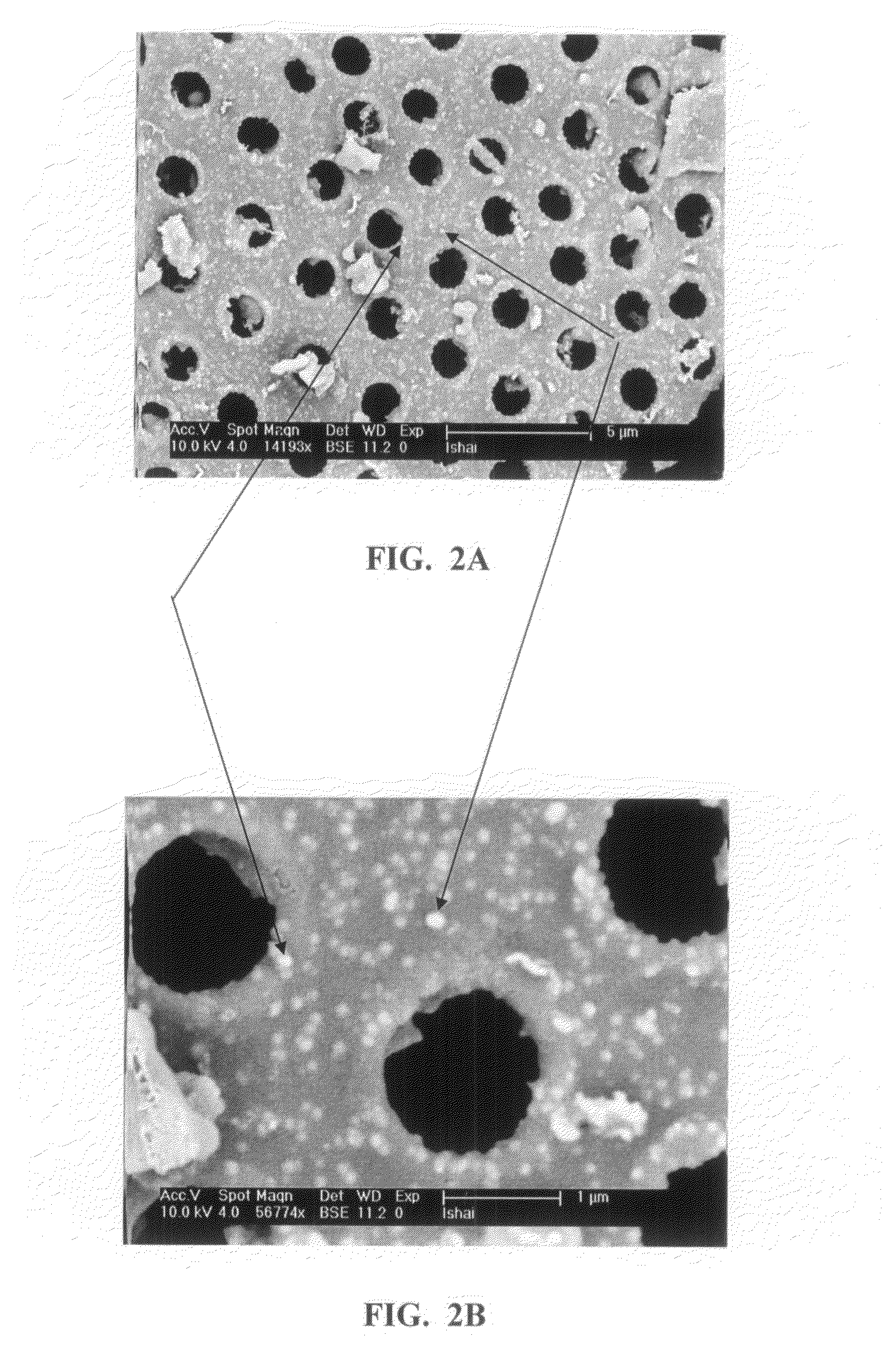It is now recognized that these properties, which are essential to
agriculture and other industries, have devastating effects on the environment, translating to undesirable short and long term
health problems.
Discharge of these compounds into sub-surface, surface, or / and above-surface, water containing environments has led to extensive water
contamination.
Largely based on the fact that sub-surface water (for example, ground water, water of an
aquifer, wells or springs, rivers, streams, lakes, ponds, pools, or sub-surface water reservoirs, which are entirely located below or beneath the ground or earth) account for about 95% of the earth's
usable fresh water resources, sub-surface water
contamination is particularly a critical issue.
Both PCE and TCE were found to have toxic effects on humans and are considered as potential carcinogenic substances.
In
spite of proven and potential environmental and health hazards, many halogenated compounds, among the wide variety of different types of persistent
water contaminants, currently remain in widespread international use, thereby perpetuating a continuously on-going problem.
A main limitation of practicing natural attenuation (NA) is based on the fact that it essentially entirely depends upon ‘naturally’ reducing or attenuating the various quantifiable parameters or properties, such as
mass,
toxicity, mobility, volume, or / and concentration, of the
water contaminants in the contaminated water.
Additionally, the large horizontally or / and vertically extending, and heterogeneous, contaminant zones or regions (contaminant plumes) of underground water types of water contaminants tend to be very difficult to locate, detect, characterize, and treat or remediate.
Similarly, a significant limitation of the
filtration technique is that water contaminants are essentially only transferred from the contaminated water to the filter medium or substrate, without being degraded, transformed, or converted, to non-hazardous or / and less hazardous environmentally acceptable species.
Additionally, implementation of this technique requires resources (manpower and equipment) for removing, and disposing of, or, regenerating, the de-activated filter medium or substrate which is contaminated with the water contaminants.
Destruction of the water contaminants may involve degrading, transforming, or / and converting, the water contaminants to non-hazardous or / and less hazardous species.
A first significant limitation of using the technique of chemical destruction (without chemical reagents) for treating or remediating contaminated water is that the
machine generated extreme conditions (typically, high temperatures or / and pressures) are relatively difficult and expensive to apply to large (areal or / and volumetric) scale forms of contaminated water.
A second significant limitation of this technique is that use of the
machine generated extreme conditions may be accompanied by undesirable consequences, such as partial or complete change of the immediate environment or
ecosystem, and geological matter present therein, surrounding or encompassing the form of contaminated water being treated.
This is particularly problematic if the form of contaminated water is surrounded or encompassed by a naturally existing environment or
ecosystem.
However, a significant limitation of using
microbiological techniques for treating contaminated water is that, typically, they are strongly influenced, and may be inactivated, by changes in environmental conditions, such as pH, temperature, or / and
nutrient supply, which take place during the
water treatment, especially during long term
water treatment.
Another significant limitation of using microbiological systems for treating water contaminated with halogenated organic compounds is that high contaminant concentrations can be poisonous or toxic to the contaminant degrading
bacteria.
Following
exposure of the ground or earth to chemical wastes (i.e., contaminants), particularly involving a wide variety of numerous different types or kinds of industrial or commercial processes, then, eventually, occurrence of any number and types or kinds of
natural processes, such as formation of
moisture (i.e., from the air or
atmosphere),
dew, rain,
snow, or / and sleet, or / and, occurrence of human or / and
machine generated processes, such as watering, or / and irrigating, among others, result in
wetting the ground or earth (including the chemical wastes (contaminants) thereupon).
In particular cases where the contaminated water is a form of sub-surface water, for example, ground water, water of an
aquifer, well or spring, pond,
pool, or sub-surface
water reservoir, which is entirely located below or beneath the ground or earth, then, there exist several limitations and problems particularly relevant to treating or remediating such contaminated sub-surface water.
As stated hereinabove, practicing natural attenuation is often limited by requiring long time periods, for example, possibly up to 10,000 years, of continuous underground
water flow for the various quantifiable parameters or properties of the water contaminants, and possible degradation products, to be sufficiently decreased or attenuated in the underground water.
Additionally, large horizontally or / and vertically extending, and heterogeneous, concentrated contaminant zones or regions (contaminant plumes) of underground water types of water contaminants tend to be very difficult to locate, detect, characterize, and treat or remediate.
A similar limitation and problem particularly relevant to treating or remediating contaminated sub-surface water concerns dense non-aqueous phase liquids (DNAPLs), which, because of their relatively
high density and low water
solubility, sink through soil and water and follow topographic lows within the sub-surface
water environment, displace the lower
lying sub-surface water, and accumulate upon the underlying clay stratum in the form of concentrated contaminant zones or regions (contaminant plumes).
Further, since most DNAPLs are sparingly soluble in water, they are adsorbed on to sub-surface ground or earth types of geological matter, particularly soil particles, producing tenacious underground plumes of dissolved organic contaminants which cannot be readily and permanently removed by standard ‘pump and treat’ technologies.
Such sub-surface concentrated contaminant zones or regions (contaminant plumes), and residuals thereof, eventually become primary sources of sub-surface water
contamination.
Not knowing the location, characteristics, and size, of DNAPL sub-surface concentrated contaminant zones or regions (contaminant plumes), make it practically impossible to predict how long a pump and treat
system must operate in order to sufficiently treat or remediate the contaminated sub-surface water.
Moreover, heterogeneous, such as perched, topographies of DNAPL sub-surface concentrated contaminant zones or regions (contaminant plumes), complicate sub-surface water site investigations.
It is very easy to unknowingly
drill through the concentrated contaminant zone or region (contaminant plume) and the
bed it sits on, causing contaminated water in the concentrated contaminant zone or region to drain down through the drilled hole into a deeper part of the sub-surface
water environment, or / and into a different sub-surface water zone or region and contaminate the sub-surface water contained therein.
Destruction of the water contaminants may involve degrading, transforming, or / and converting, the water contaminants to non-hazardous or / and less hazardous species.
A first significant limitation of using the technique of chemical destruction (with chemical reagents) for treating or remediating contaminated water is that use of the destructive chemicals can be difficult, potentially hazardous, and expensive, to apply to large (areal or / and volumetric) scale forms of contaminated water.
A second significant limitation of this technique is that the types or kinds of destructive chemicals which are required for being sufficiently effective in destroying the water contaminants are usually non-specific, whereby their use may be accompanied by undesirable consequences, such as partial or complete change of the immediate environment or
ecosystem, and geological matter present therein, surrounding or encompassing the form of contaminated water being treated.
This is particularly problematic if the form of contaminated water is surrounded or encompassed by a naturally existing environment or ecosystem.
For example, the destructive chemical reagents used for degrading, transforming, or / and converting, the water contaminants to non-hazardous or / and less hazardous species, may themselves be hazardous or / and potentially hazardous, or / and may introduce hazardous or / and potentially hazardous conditions, in the immediate environment or ecosystem, and geological matter present therein, surrounding or encompassing the form of contaminated water being treated.
 Login to View More
Login to View More 


